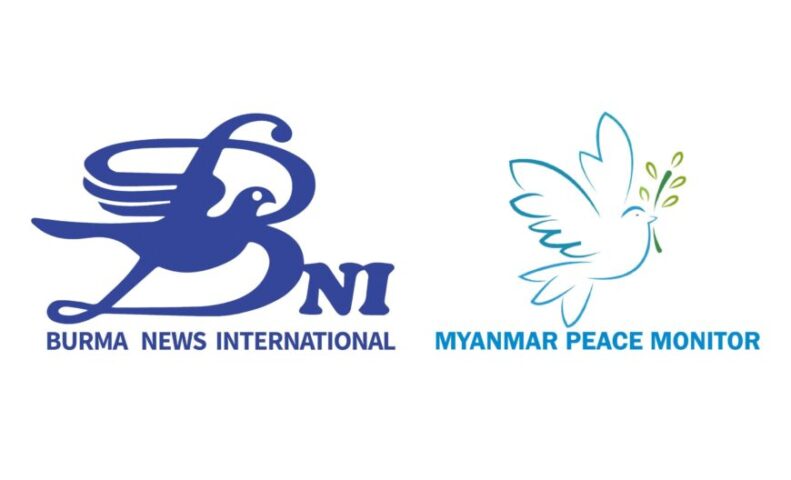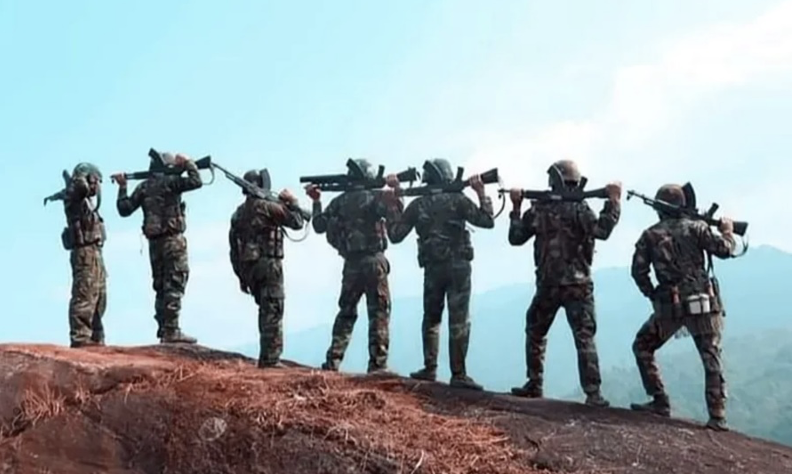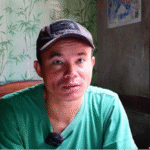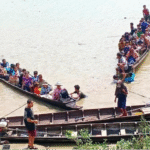An interview with a Kachin political observer about the political and military situations in Kachin State in 2024
Since Operation 1027 in northern Shan State, resistance forces across the country, especially in areas such as Shan State, Kachin State and Sagaing Region, have waged battles to capture military camps and strategic positions of the military council.
In recent days, the Kachin Independence Army (KIA) has attacked military junta camps in Kachin and Shan States, leading to fighting between the two sides. In January alone, the KIA captured at least six junta camps.
Currently, military tensions between the KIA and the Myanmar Army are high in Hpakant, Waingmaw, Mohnyin and Bhamo Townships in Kachin State, and fighting between the two sides continues, with locals being displaced.
Given these nationwide and widespread armed clashes, the political situation in Kachin State is expected to evolve in 2024, with some locals predicting battles to capture towns and cities.
Kachin News Group (KNG) conducted this interview with a Kachin man who observes the political situation in Kachin State to find out how the political and military situation in Kachin State might evolve in 2024 and whether there might be battles to capture towns and cities.
Q: Fighting is currently taking place in Kachin State. How intense do you think the situation could become?
A: In terms of the possible escalation of fighting, it is not the military junta that is currently attacking, but armed resistance groups. As they expand their attacks, I expect the situation to intensify not only in Kachin State but also in other states and regions.
Q: There are predictions that there could be battles to capture towns and cities in 2024. Is this likely to happen? And if it does, could there be peace talks?
A: As we can see, ASEAN is also trying to deal with this situation. And to what extent will China intervene? That will also depend on these factors. Another important issue is the extent to which the military council will relent. The National Unity Government (NUG) has opened the door to peace talks from the outset. So if the military council relents and paves the way for peace talks with the civilian government, peace talks could take place.
Q: When it comes to such talks, how might the public react?
A: Peace talks will nevertheless draw criticisms from the public. That’s because they have to meet with very cruel people. But such meetings could also lead to an important answer that is acceptable to all. For example, the return of power by the military council to a civilian government or a response to the demands of the armed groups.
Q: In the current political crisis, the KIA has escalated the fighting after Operation 1027. What do you think about the KIA?
A: Before Operation 1027, the KIA supported the NUG, especially by sending troops to strategic areas such as Magway, Sagaing and Mandalay. So if they focused on fighting in Kachin State, that might have weakened them. And after Operation 1027, they lost some areas in northern Shan State. I think that’s why the KIA started to focus on these areas. Now their troops are noticeably active in areas like Momeik, Mabein and Man Win Gyi. So I expect a further escalation.
Q: If so, to what extent could the political situation in Kachin State evolve? And what preparations does the local population need to make?
A: As for the political situation in Kachin State, I don’t see fierce battles to capture towns and cities like in other states (in the near future). The areas where fighting will take place will most likely be rural areas far away from the cities. I mean, there might be battles to capture outposts and camps. But in areas like Myitkyina and Bhamo, I don’t see possibilities for urban welfare yet.
Q: If the armed conflict reaches urban areas, where could it take place?
A: Possible places are small towns like Dawthponeyan on Bhamo road, Sumprabum and Kamaing. These are not the areas where the military council has a strong hold. Attacking larger towns does not seem possible yet.
Q: How far will the KIA go in this political situation? Can you tell us how ambitious the KIA is? How much change can it bring about?
A: Political solutions are related to the whole country and therefore also depend on changes in other groups. For example, military coordination with the NUG could also lead to change. So it depends not so much on what the KIA can do, but on its close coordination with other armed groups to completely defeat the military junta.
Q: Does that mean that peace can only come through armed resistance? Or can it only be achieved through talks at the negotiating table?
A: General Gun Maw himself also commented on this in a BBC interview. The KIO/KIA is also of the opinion that there will be negotiations at some point. In other words, they believe that the day will come when the military junta is completely defeated. This logic has existed long before Operation 1027, but things could change if battles to capture towns and cities take place on a large scale.
Q: Finally, what would you like to say about the political and military situations in Kachin State?
A: Yes, I think we all need to prepare for one thing – although I think the preparations have already been made. Suppose all the troops of the military junta surrender and withdraw from Kachin State, then we must be prepared to establish public services. In this process, we need to know who should or should not be included. For example, what to do with those who are currently serving under the military council. So this would be an important preparation for both the KIO/KIA and the public.
Sent by KNG.



